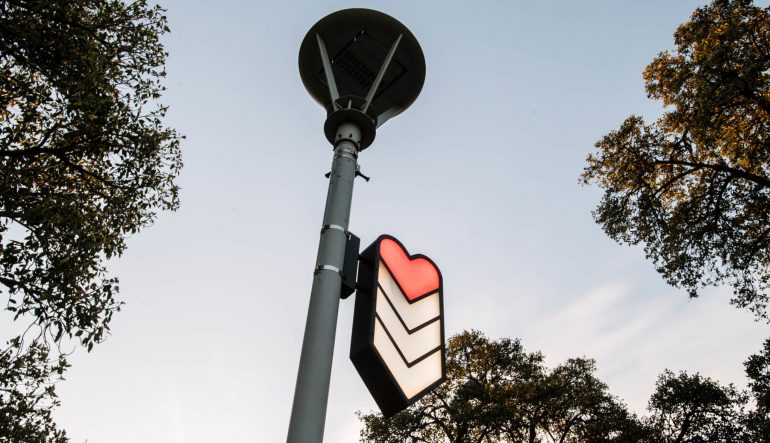We need better personal access to AEDs to address the massive gap in the out-of-hospital cardiac arrest (OHCA) chain of survival.
For emergency medical services to arrive to a viable out-of-hospital cardiac arrest patient, that person needs to have received early CPR and defibrillation.
We know that close proximity to public access defibrillators (PADs) can significantly improve chances of surviving an event.
Amazing work is being done around the world to improve public access to AEDs (automated external defibrillators).
According to an editorial in the February 2021 issue of Resuscitation however, this work only addresses part of the problem.
The article’s title, A goal to transform public access defibrillation to all access defibrillation, is a clear statement of the problem facing policymakers. How do we get more AEDs where they’re really needed: in our homes?
The American Heart Association’s finding that four out of every five out-of-hospital cardiac arrests happen in private residences is a sobering statistic.
The Resuscitation article says that this is why, even as public access defibrillator use has increased over time, “[O]nly 5 per cent of out-of-hospital cardiac arrests have an AED applied prior to arrival of professional system response, underscoring the reality that the majority of (events) happen in residential settings where AEDs are typically nowhere to be found.”
This sentence captures the crux of the problem:
“We have a woefully unrealised potential: a failure to implement a highly effective therapy because we cannot quickly match the therapeutic resource to the patient in need.”
In other words, right now, we don’t have AEDs where they’re needed, to reach the majority of people who need one, in time.
The recommendation that we need to start thinking about AEDs as personal devices is important.
It is also impractical without addressing the big barriers to personal AED ownership.
These problems, including the high cost of purchasing and maintaining an AED, their difficulty of use, and low portability, are some that Rapid Response Revival is working to address in its own product development. We know we’re not the only ones working on solving these issues.
We all share the ambition of transitioning from thinking about public access, to personal access defibrillation, as key to improving out-of-hospital cardiac arrest survival rates.



